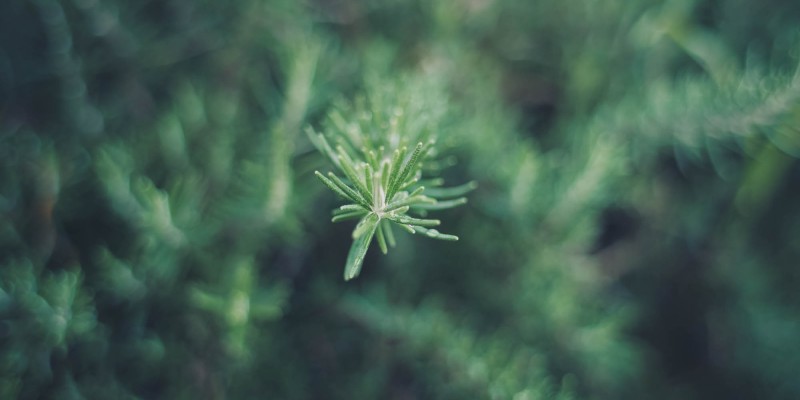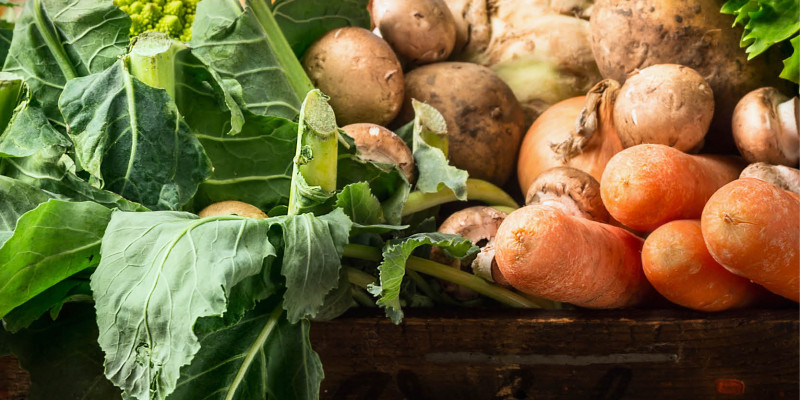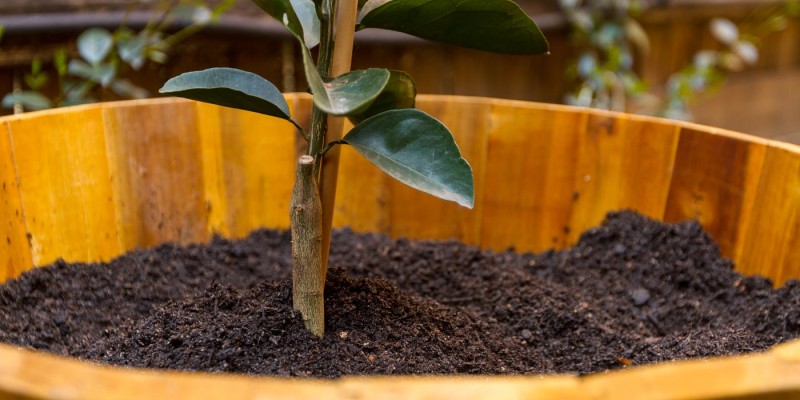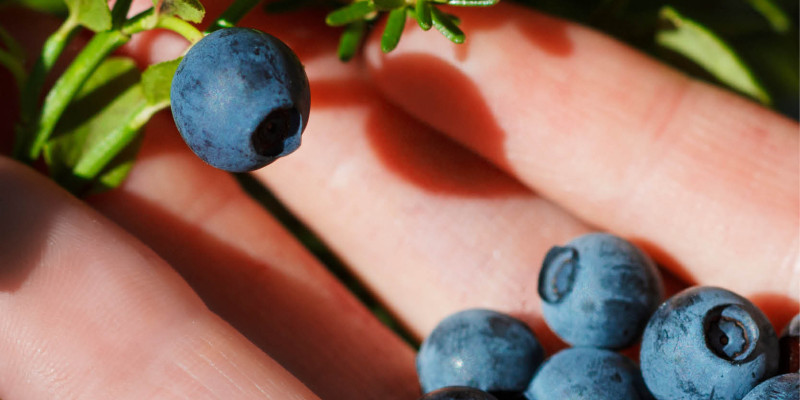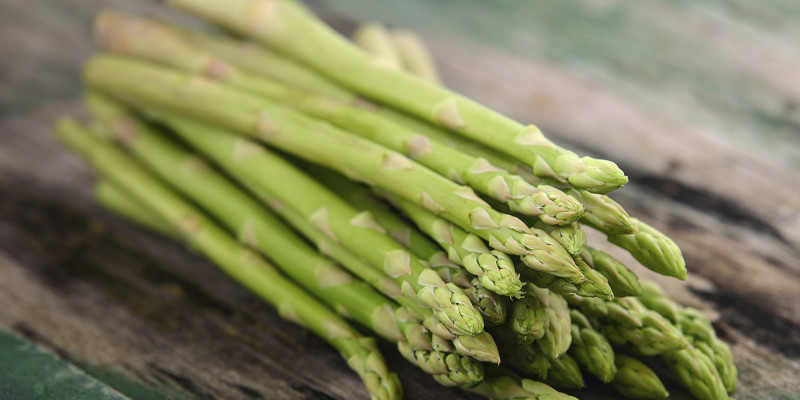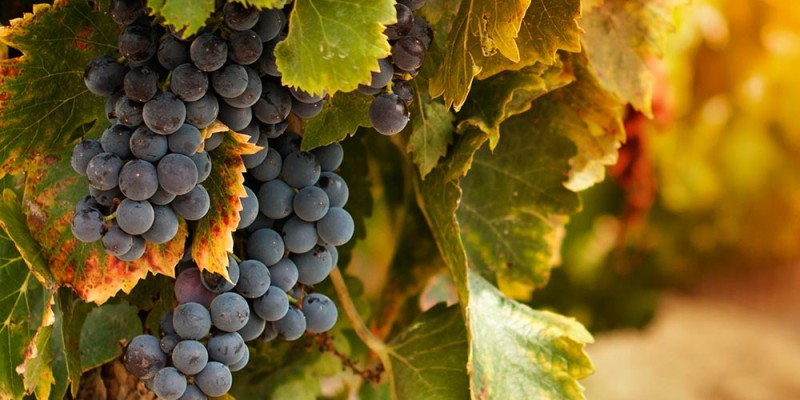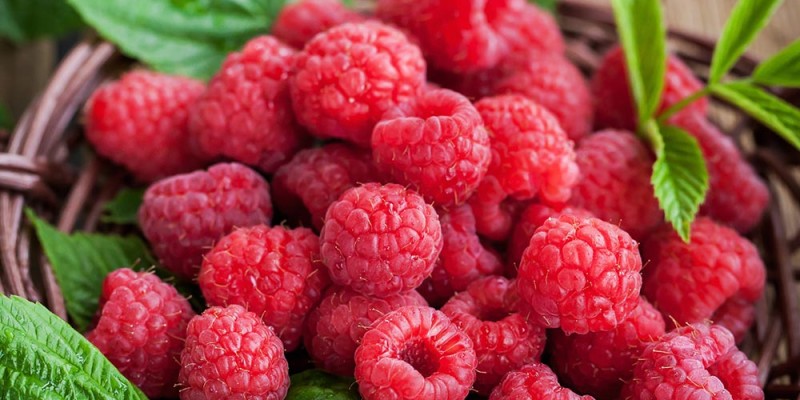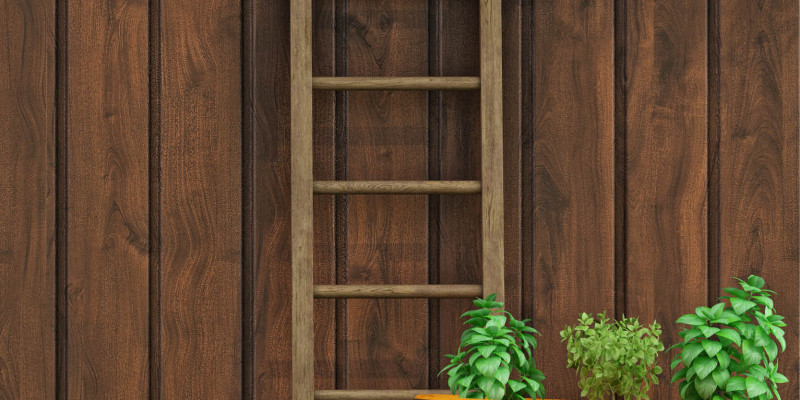Permaculture is often described as a system of agriculture and social design principals centered on food production. [1]
I have used some of the concepts and principles in permaculture to build my garden and the practices I use. Central to my gardening methods are the principals of permanent agriculture through the use of perennials [2] and sustainable methods of food production [3].
Many of the principles I use in my garden are inspired by Masanobu Fukuoka the author of The One-Straw Revolution and his do-nothing farming where by one grows food with the least amount of effort while avoiding the use of manufactured inputs.
Many of you have already heard this already on my good friend Patrick’s channel in fact the method and book inspired his channel’s name One Yard Revolution. [4]
Today I am going to go through how I have implemented some of these principals in my garden and working to research and test the methods and practices to see if science supports their use.
I started in gardening much like many of you. I wanted to garden organically so I purchased organic products and followed methods similar to conventional large scale farming.
Following a number of conversations with my parents, grandparents and finally the YouTube community I was inspired to investigate the principals of sustainable gardening and was interested to see if it could be done in my northern growing zone.
As I began investigating these principles I liked the idea that this method of food production was more environmentally friendly while producing more food than I was able to previously.
I did find abandoning practices I had used for years tough. When abandoning a practice I was worried the new method would lead to a failure and I would lose the crop for the year. In order to help the transition I started by testing the new method on a small patch to see what happened.
I started adding perennials to the garden. This took a few years and some planning to maximize the use of the space I have dedicated to this. I took roughly equal shares between annual beds, trial beds and perennial beds. The central beds are dedicated to annuals with the trial beds immediately adjacent and the perennial beds on the perimeter.
To date I have added 33 varieties of 12 different crops and continue to look for other crops to add in including this rhubarb plant that my parents took from their patch to bring to me.
In order to produce as much food as possible in a sustainable method I have organized my plants by size and nutritional requirements.
I have chosen to plant larger trees and shrubs outside of the garden directly in my native soil. Their extensive root networks often extending 1.5 – 2x larger than the diameter of the tree are able to seek out and find the nutrients they require. This allows me to plant them in areas where they are not competing with other food producing crops in soil that has a slightly lower nutrient content.
If you are tight on space but would like a fruit tree or shrub some can be grown in an espalier fashion or in pots like this dwarf grape.
In the raised beds I have planted my smaller plants, shrubs and vines together.
Their smaller size or growth habits have allowed me to place them much closer together. I have planted strawberries under grape vines, goji bush and blue berry bushes so that in a few years the entire square area of the garden bed is covered while taking advantage of the vertical space available in my garden.
This practice of maximizing the area I have available does come with some drawbacks. There is a lot more competition for the available nutrients and these plants often have smaller root systems than say my apple tree.
There is research to suggest the closer planting method does drop the overall production of each crop. These studies focus on commercial production of food and maximizing the yield of one crop at a time. I am less worried about achieving a slightly higher production per plant rather a greater variety of crops and total harvest throughout the growing season.
In order to assist and continue to get excellent production we have started with soil that has nearing an excess of nutrients available. Once the crops were planted I continue to add to the nutrient cycle through the use of free and local resources.
I started each of the beds with nutrient rich compost and worm castings. Thinking back to my old methods I would have then relied on organic products to feed the plants throughout the growing season. Through the ongoing work in the testing garden assumptions series I hypothesize that healthy mulch made of used coffee grounds, autumn leaves, eggshells and comfrey among other free and local resources will provide more than enough nutrients throughout the growing season. Additionally the rate at which the nutrients are released are much slower which helps prevent nutrient runoff, imposed deficiencies and odd growth patterns of crops.
The use of a mulch layer is also quite sustainable as some of the materials are made on site and others are diverted from land fill.
By using the principal of food production through the use of densely planted perennials and use of sustainable nutrient sources I am able to produce food year after year with and no ongoing expense and the limited effort of spreading mulch materials from time to time.
Around the time of the publishing of this video Alberta Urban Garden will hit 10,000 subscribers. For this I am truly honoured and want to thank each and every one of you for the time and support you have put into this channel. Without your support, likes, shares and most importantly subscriptions and views the work I do from producing how-to videos right through to testing garden assumptions would not be possible.
References
[1] https://en.wikipedia.org/?title=Permaculture
[2] https://en.wikipedia.org/wiki/Farmers_of_Forty_Centuries
[3] https://en.wikipedia.org/wiki/Natural_farming
[4] https://www.youtube.com/user/OneYardRevolution
